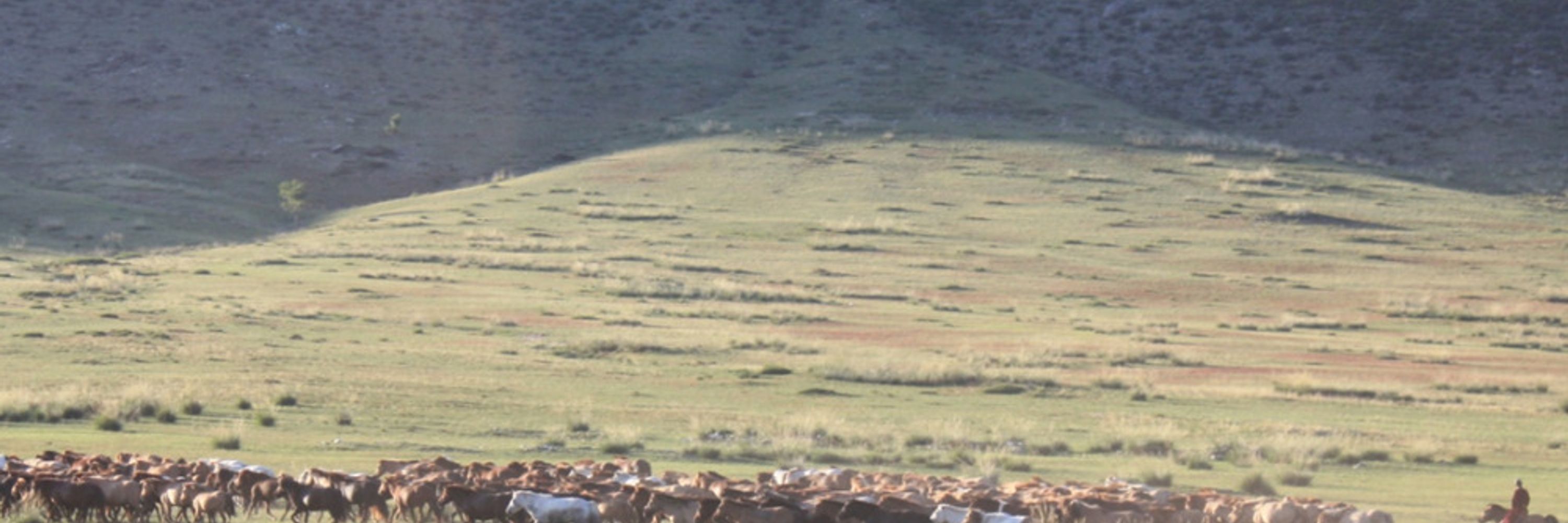
Xiongnu/Khünnü or not, it's one of my favorite artifacts associated with ancient nomads of the eastern Eurasian steppe.
26/26

Xiongnu/Khünnü or not, it's one of my favorite artifacts associated with ancient nomads of the eastern Eurasian steppe.
26/26
Her forthcoming book will likely expand on these insights: www.degruyter.com/document/isb...
25/n

Her forthcoming book will likely expand on these insights: www.degruyter.com/document/isb...
25/n
24/n



24/n
23/n




23/n
They generally point to the Hu or (more specifically) Lin Hu, as the polity whose leader wore the falcon crown.
22/n
They generally point to the Hu or (more specifically) Lin Hu, as the polity whose leader wore the falcon crown.
22/n
Today some scholars (and others) still hold this position.
21/n
Today some scholars (and others) still hold this position.
21/n
20/n
20/n
19/n
19/n
Newer research indicates that Aluchaideng/Ar Tsaidam likely pre-dated the 209 BC foundation of the Xiongnu/Khünnü Empire recorded in historical documents like the Shi ji and Han shu.
18/n
Newer research indicates that Aluchaideng/Ar Tsaidam likely pre-dated the 209 BC foundation of the Xiongnu/Khünnü Empire recorded in historical documents like the Shi ji and Han shu.
18/n
But Honeychurch conveys ambivalence about whether Aluchaideng/Ar Tsaidam was a Xiongnu/Khünnü site or simply a steppe-connected site of the Xiongnu period.
17/n
But Honeychurch conveys ambivalence about whether Aluchaideng/Ar Tsaidam was a Xiongnu/Khünnü site or simply a steppe-connected site of the Xiongnu period.
17/n
16/n

16/n
However, archaeologists working in Mongolia and/or Siberia have critiqued this theory over the last 15-odd years.
15/n
However, archaeologists working in Mongolia and/or Siberia have critiqued this theory over the last 15-odd years.
15/n
[Map from Honeychurch, 2015]
14/n

[Map from Honeychurch, 2015]
14/n
13/n
13/n
12/n
12/n
11/n

11/n

9/n

9/n
[Images: Laursen, 2011]
8/n


[Images: Laursen, 2011]
8/n
Scholars are divided as to whether the bird is a falcon or an eagle.
But static images cannot convey a clever feature of the crown’s design: the falcon moves with the crown’s wearer!
7/n

Scholars are divided as to whether the bird is a falcon or an eagle.
But static images cannot convey a clever feature of the crown’s design: the falcon moves with the crown’s wearer!
7/n
The golden skull cap is engraved with four mirrored images: a wolf attacking an ibex (yangir).
6/n

The golden skull cap is engraved with four mirrored images: a wolf attacking an ibex (yangir).
6/n
5/n

5/n
It was constructed of three golden bands, two forming the circle and the third forming the semicircle atop it, joined by small golden pillars and engraved with a woven or lattice pattern.
4/n

It was constructed of three golden bands, two forming the circle and the third forming the semicircle atop it, joined by small golden pillars and engraved with a woven or lattice pattern.
4/n
We can take a closer look thanks to these high-quality photos: updown.mn/196108.html
3/n




We can take a closer look thanks to these high-quality photos: updown.mn/196108.html
3/n

